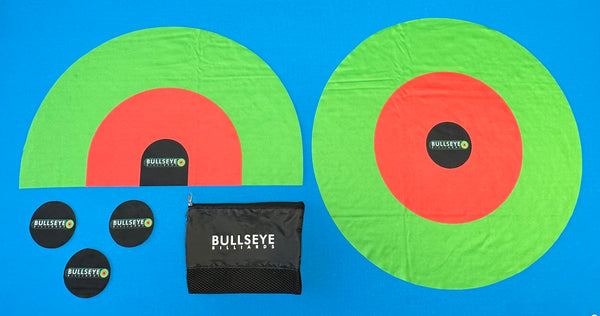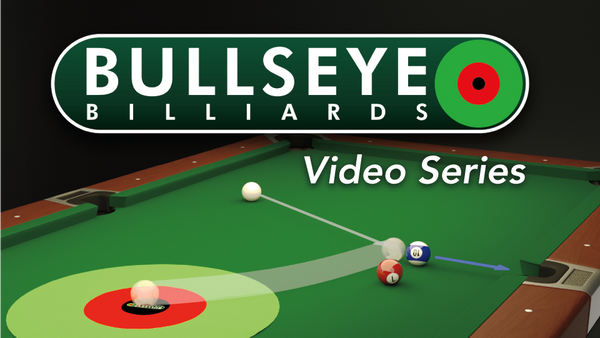This is the third of a 4-part series on billiard physics outlining the 4 major contact points: cue stick → cue ball, ball → table, ball→ ball, ball → rail.
Spherical balls glancing off each other on a flat surface may sound simple, but there are many physical forces that apply on the pool table. Knowing how and why the balls react the way they do will greatly improve your learning curve by helping you understand why you missed a particular shot or position.

It is important to know what happens when two balls contact each other, so you can visualize the movement of the balls if you shoot a particular shot. The following list describes the most important scenarios when two balls collide and why they behave the way they do.
-
Tangent Line & Stun Shot
When two balls contact each other, they always depart at a 90 degree angle. One ball will depart down the tangent line (a line drawn between where the two balls contact) and the other will depart perpendicular to the tangent line. If a ball has spin, it will still depart at 90 degrees, but will then deviate depending on the amount of spin and speed.
Tip: Use a stun shot (sliding cue ball) to reduce the amount of deviation after contact with another ball. This will provide a more consistent path for the cue ball and reduce errors. -
Transfer of Speed vs Angle of Contact
When a ball contacts another ball, there will be a transfer of speed depending on the angle of contact (cut angle). The greater the angle, the less speed will be transferred.
Tip: For a thin cut angle, use a greater amount of speed to compensate for the transfer. -
Collision Induced Spin
When a ball contacts another ball at an angle, a small amount of sidespin is induced to both balls in opposite directions.
Tip: Collision induced spin can usually be neglected, but it is important when shooting bank shots due to ball-rail contact described in the next section. -
Collision Induced Throw
When a ball contacts another ball at an angle, the second ball’s departure angle is deviated in the direction of the first ball’s motion. The amount of throw increases with cut angle and decreases with speed.
Tip: To counteract the effect of collision induced throw either (a) aim to over cut every shot relative to the tangent line or (b) use a touch of outside spin. -
Top & Bottom Rebound Angle (Bending)
If the cue ball has top or bottom after it contacts an object ball, then the cue ball will curve away from the tangent line. More spin and less cut angle increases this effect. More speed will cause the cue ball to curve after more distance.
Tip: Use top and bottom spin to to position the cue ball and to avoid scratching. -
Spin Transfer
If the cue ball has left or right spin when it contacts an object ball, a small amount of spin will be transferred to the object ball in the opposite direction.
Tip: Similar to collision induced spin, spin transfer can usually be neglected, but it is important when shooting bank shots due to ball-rail contact described in the next section. -
Spin Induced Throw
If the cue ball has left or right spin when it contacts an object ball, the object ball’s departure angle is deviated in the opposite direction of the spin. The amount of throw increases with slower speeds, more spin, and less cut angle.
Tip: Use spin induced throw to change the direction of an object ball, for instance to make a shot that would normally be impossible without throw. -
Frozen Balls (Dead, Wired)
If two balls are touching each other (frozen), then the tangent line is much easier to visualize. Also, spin and throw are dramatically increased for frozen balls.
Tip: Frozen balls often create shots that do not require much accuracy in your aim. A ball in this situation can be used to a huge advantage if the player recognizes it correctly.




